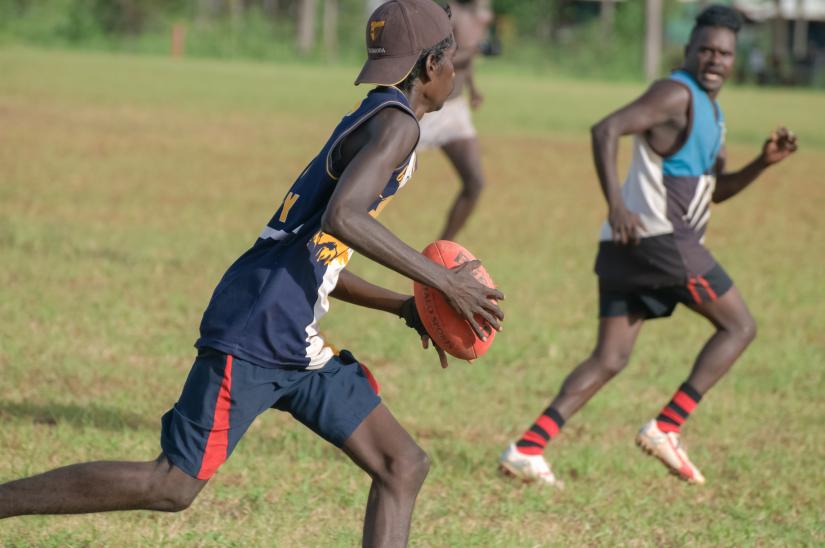Higher levels of parental wellbeing while children are young is linked with children being more physically active as they get older write Rona Macniven and UTS Professor, Indigenous Health Education John Evans.

Picture: Shutterstock
For Aboriginal and Torres Strait Islander people, being physically active has been a part of culture for many thousands of years, through traditional active lifestyles.
These activities are still relevant today. Having a spiritual connection to Country, or caring for Country, provides opportunities for physical activity. This is essential for health and wellbeing.
Physical activity guidelines recommend children do at least 60 minutes of moderate-to-vigorous activity every day. This means activity that makes their heart beat faster and might include teams sports like football or netball as well as cycling, swimming, or active play.
First Nations children tend to be more active than non-Indigenous children. Around half of Aboriginal and Torres Strait Islander children do at least 60 minutes of physical activity a day, compared with one-third of non-Indigenous children.
But evidence from international studies and our previous research shows physical activity levels tend to drop during teenage years for both Indigenous and non-Indigenous children, leading to lower levels in adulthood. So it’s important to provide children with opportunities to be active as they get older.
Read the full article: Supporting parental wellbeing makes for active kids

